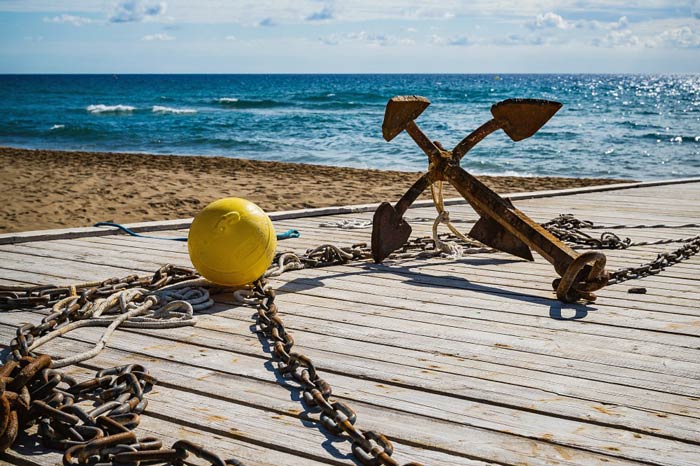I savor sessions in which we talk about attachment styles. Understanding the degree to which bonds with our caregiver effect our intimate relationships is fascinating. Still, language like “dismissive attachment” or “anxious attachment” feels, at best, stale, and at worst, deficit based. Recently (and if I’m being honest, in my own therapy), I learned about Stan Tatkin’s attachment metaphor. Tatkin, a renowned couple’s therapist, suggests that we all fall into a style of relating with our partners, as an “island,” “wave,” or “anchor.”
Islands are most closely linked to a dismissive attachment style, meaning they find it difficult to connect in relationships. Don’t be fooled– islands desire close relationships, but feel anxious about being responsible for someone else’s emotional needs. The idea of being needed feels like it negates being wanted for island type partners. As a result, islands consistently seem like they are protecting themselves from intimacy, need space, and sometimes keep secrets. An island’s partner often feels neglected as a result. Island adults are the result of some sense of neglect in early childhood. These individuals learn that they cannot depend on others, only on themselves. Relationships trigger a sense of dependence and subsequent fear.
Our anxiously attached friends are called Waves. Waves often push away their partners by seeming needy, never satisfied or clingy. They tend to have learned this strategy from having to take on more of an adult caretaker role with depressed, anxious, or alcoholic parent(s). These parent(s) were unable to meet their very real attachment needs. As a result, they cling to their partners, while also expecting that their partners will let them down. Waves are hypervigilant and lash out in response to perceived abandonment.
Anchors, referenced as securely attached individuals, are comfortable being in an intimate relationship with someone else. They are wired to be interdependent, taking care of their needs, as well as the needs of their partner. Anchors are not frozen in fear of being controlled (islands) or being left behind (waves). They tend to have experienced a secure, healthy attachment in their relationship with their primary caregiver, serving as a model for their romantic relationships.
Tatkin encourages couples to “partner-whisper,” or know what our partner needs when they are upset. While those of you who work with me know that I primarily believe in self-regulation (i.e.: being accountable for calming your own nervous system), coregulation (i.e.: partner-whispering) is an essential supplemental skill. Through acknowledging and respecting one another’s shortcomings, we are able to sustain healthy long-term relationships. In other words, we become more anchored.
Here are some examples of how a typical wave/island couple can foster more anchored attachment:
- An island inclined individual can be direct and honest about their needs, while being aware of their tone and body language.
- An island can dose themselves to express love in small increments.
- An island can point out ways that they are willing to compromise. They can hold space for their desires as an independent person, while practicing compassion.
- A wave inclined individual could express their needs in a less chaotic way, practicing self soothing in order to gently express their frustrations.
- A wave can acknowledge their tendency to jump to conclusions and try to reinterpret their partner’s behavior.
- A wave can be specific about asking for what they need, and be mindful of manipulation tactics.
Tatkin offers 3 global questions for couples to ask of their relationship:
- What is our purpose as a couple?
- What principles of partnership do we both believe in?
- What do we do for each other than no one else could do?
By gaining awareness of our attachment style and working towards secure attachment for ourselves and in relationship with our partners, we can channel our most anchor-like selves. If you’d like to learn more, I’d recommend listening to Stan Tatkin’s, Wired for Love.

